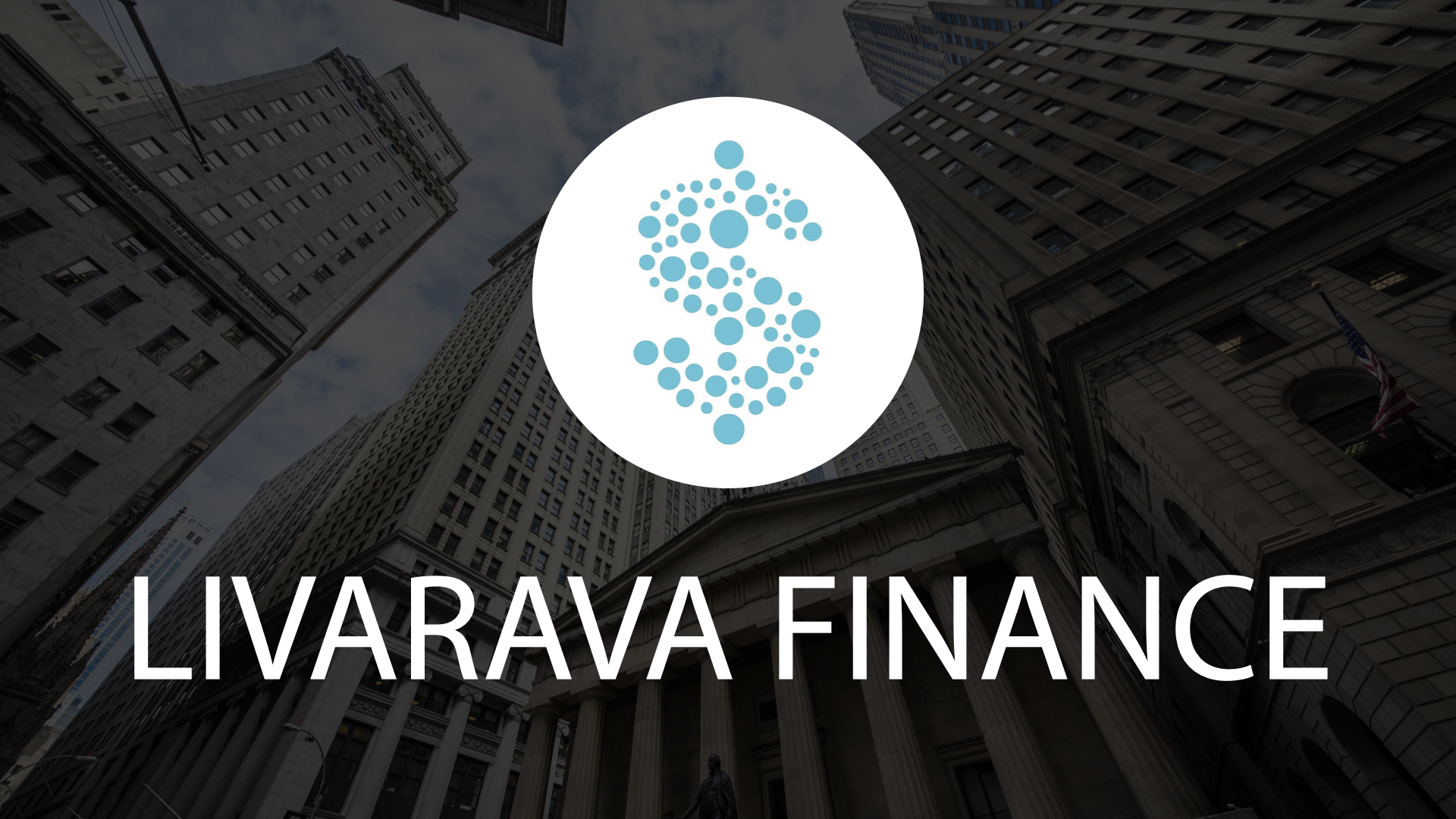Exploring the Sahm Rule and Its Implications for Economic Forecasts

Understanding the Sahm Rule
The Sahm Rule serves as a vital indicator for predicting recessions. It suggests that if the unemployment rate increases by 0.5 percentage points over the course of a year, a recession may be imminent.
Recent Discussions and Implications
- The rule is increasingly relevant in today’s economic context.
- Debates rage on about its efficacy and correctness as an economic forecast tool.
- Understanding these signals is crucial for investors and policymakers alike.
Conclusion
In conclusion, the Sahm Rule is a pivotal component of economic analysis that can help gauge the risks of a recession. Continued observation and interpretation of this rule will be essential for navigating uncertain economic conditions.
This article was prepared using information from open sources in accordance with the principles of Ethical Policy. The editorial team is not responsible for absolute accuracy, as it relies on data from the sources referenced.